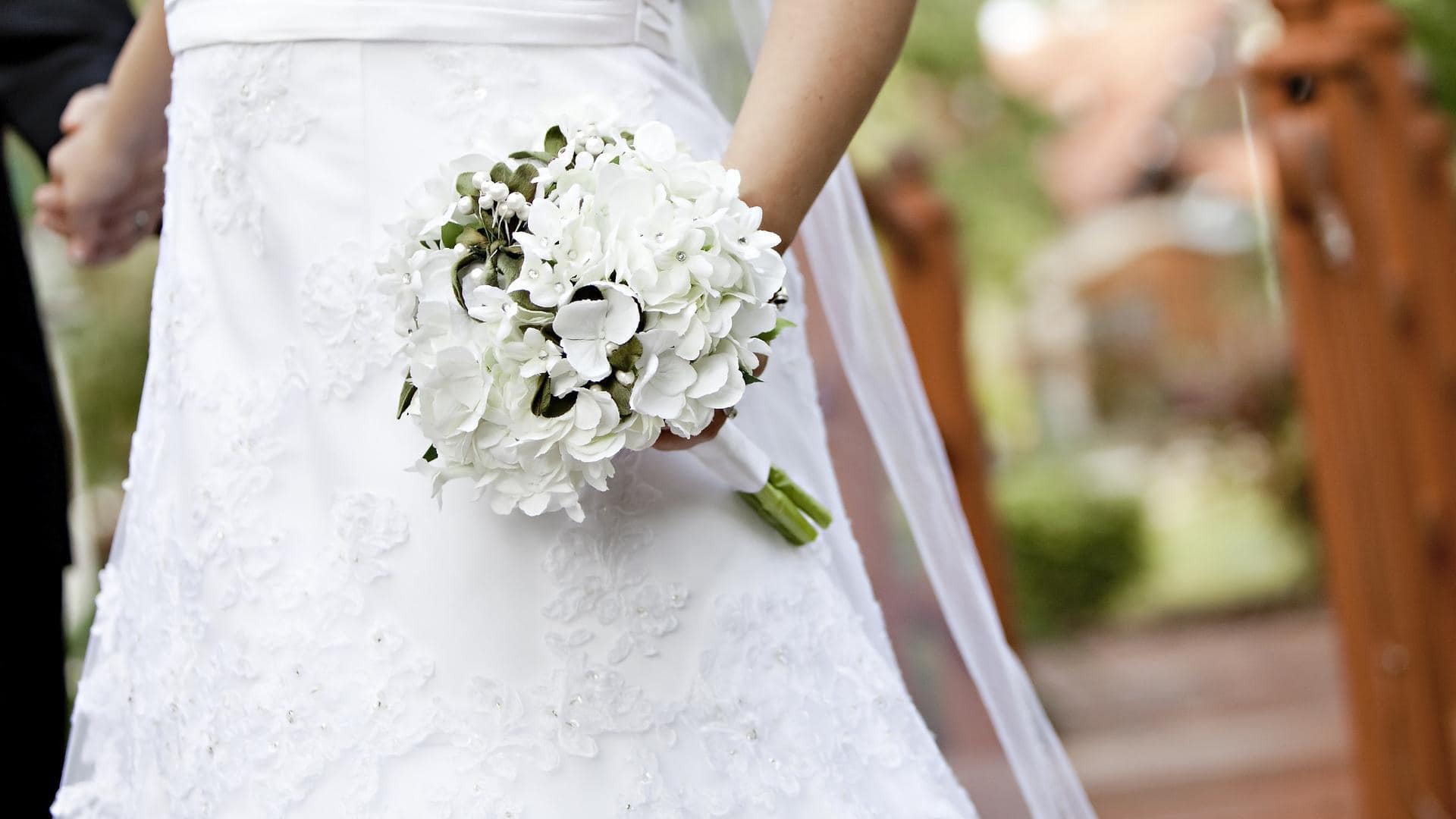
5 Spanish wedding traditions that highlight importance of family ties
What's the story
Spanish weddings are famous for their cultural richness and vibrant traditions. Among these, the customs that promote family unity are particularly noteworthy. These age-old practices not only make the ceremony special but also strengthen the bonds between families. From symbolic acts to communal celebrations, these traditions highlight the importance of family in Spanish culture. Here are five such wedding customs that emphasize family ties.
#1
La Hora Loca: A family celebration
La hora loca, which means "the crazy hour," is a fun-filled tradition that takes place during the reception. It brings together families and friends on the dance floor with masks and props. This custom encourages everyone to let loose and enjoy together, reinforcing familial bonds through shared joy and laughter. It serves as a reminder that weddings are not just about two people but about uniting families.
#2
Las arras: Symbol of unity
The tradition of las arras involves the couple exchanging 13 coins as a symbol of prosperity and unity. The coins are usually blessed by family members before the ceremony, making them a family affair. This act signifies trust and mutual support between the couple and their families. It highlights how financial stability is a collective effort involving both sides.
#3
El Baile De Los Novios: First dance tradition
The first dance, or el baile de los novios, is a moment where families come together to witness the union of two lives. Often, family members join in after the couple's dance, making it a shared experience that strengthens ties between relatives. This tradition emphasizes that weddings are about merging two families into one.
#4
La entrega de ramo: Passing down traditions
During la entrega de ramo, brides pass their bouquets to unmarried female relatives or friends as a gesture of goodwill and hope for future happiness in love. This custom is steeped in tradition and is often passed down through generations within families, creating a sense of continuity and connection among relatives over time.
#5
La Fiesta: Communal gathering
The fiesta that follows a Spanish wedding ceremony is more than just a celebration; it's an opportunity for families from both sides to mingle freely without any constraints imposed by formalities or schedules. It allows everyone present—including distant cousins who may not have met before—to connect over food, music, dance, and shared memories created during this momentous occasion.